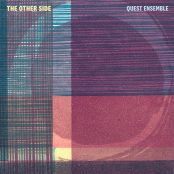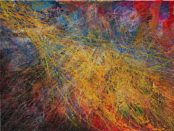[dropcap style=”font-size:100px;color:#992211;”]M[/dropcap]ore than 100 street artists and muralists will descend on London for the inaugural London Mural Festival (LMF) next month, which promises to offer accessible art at a time of social distancing.
Artists will create murals at more than 50 locations across the capital during the event which, its organisers say, will allow people to admire art while restrictions are making gallery-visiting difficult. It will also feature a restored mural painted in Whitfield Gardens in Fitzrovia by Mick Jones and Simon Barber in 1980.
The festival is the latest step in the transformation of street art, and follows Banksy’s move to join ‘blue chip’ artists such as Keith Haring, after his work Devolved Parliament sold for almost £10m at Sotheby’s in November.
Lee Bofkin, CEO and co-founder of Global Street Art, the organisation behind the LMF, says that unlike major art fairs or exhibitions, which have been cancelled or were operating at reduced capacity because of social distancing, street art was “a non-contact sport” created and viewed outdoors. “You’ve got people up in lifts painting, so they’re not close to members of the public. It’s the kind of thing that you can do at social distance,” he says.
Camille Walala, who is creating two works as part of LMF, one at Rich Mix in east London and another that will wrap around Canary Wharf’s Adams Plaza Bridge, says the art form was popular because of its accessibility.
“When I started around 15 years ago I found the street art was quite dark,” she says. “But what I love about Keith Haring is he just wanted […] to give something to people who might not be able to go to museums.”
The role of murals has become a major talking point in the wake of the Black Lives Matter movement. The New Yorker said the ‘pavement itself has become part of the protest’ after the commissioning of several murals in support of the movement in the US sparked criticism from Donald Trump, who called BLM a “hate group”.
“If someone’s got something to say that’s political, and it makes sense, then murals and muralism have a part in expressing that,” says Bofkin. “Sometimes you can say something political, you can make a statement and then other times you can just have fun.”
Source: the Guardian.
Image: artwork by Sr X in Brick Lane. Photograph: London Mural Festival.

Naila Scargill is the publisher and editor of horror journal Exquisite Terror. Holding a broad editorial background, she has worked with an eclectic variety of content, ranging from film and the counterculture, to political news and finance.




















